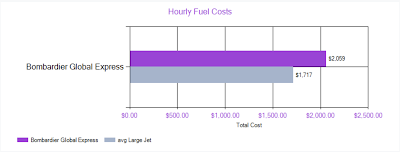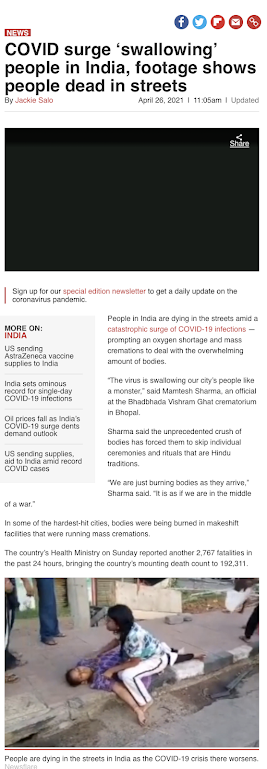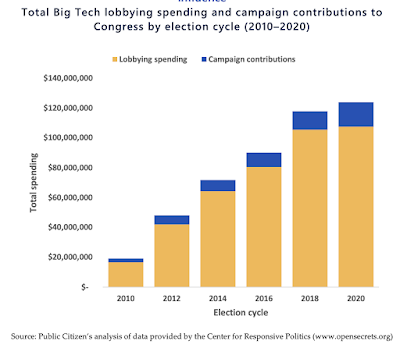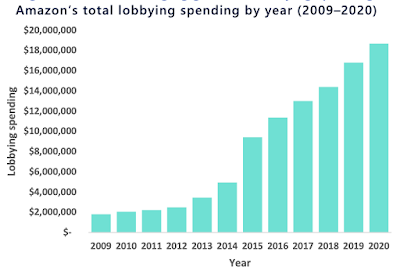With Bill Gates seeming to be everywhere and an expert in everything over the past year and with the recent release of his 2021 book on avoiding a climate disaster, a look back at research from October 2019 gives us a real sense of his actual, "boots on the ground" commitment to the reduction of greenhouse gases.
First, let's look at one of Bill Gate's preferred modes of travel:
Why on earth would you want to sully yourself by sharing a flying aluminum tube with the sweaty masses when you can board your very own private jet?
The Bombardier BD-700 is owned through Challenger Administration LLC and has hourly fuel costs of this:
Somewhat hypocritically, Gates flew in his private jet to the 2015 Paris Climate Summit:
Gates, the world's foremost untrained climatologist (along with his expertise in vaccines, viruses and everything but software that actually works) lives in this 66,000 square foot home:
Now that we have a very basic understanding of Bill Gates' personal tastes, let's look at the 2019 study by Stefan Gossling entitled "Celebrities, air travel and social norms". The author opens by noting that frequent air travel is linked to a disproportionately large carbon footprint and plays a key role in carbon inequality, a concept which describes the massive differences in individuals' contributions to greenhouse gas emissions. Flying is considered to be a very energy intensive means of transportation with frequent fliers contributing a significantly higher portion of total greenhouse gas emissions. For example, Gossling's 2009 study found that 5 percent of France's total population was responsible for 50 percent of total emissions from transportation and a 2010 study by Brand and Prison found that 20 percent of the most frequent travellers contributed 60 percent of transportation-related greenhouse gas emissions. There is also a link between income and transportation emissions; the highest income groups in the United Kingdom produced emissions that were 3.5 times higher than the lowest income groups, mainly as a restful of increased mobility.
The authors goes on to note that the world's most affluent people have significantly different travel patterns than the rest of humanity; they tend to move more frequently, have access to private transportation and have multiple real estate holdings. This is particularly the case for celebrities and, given the fact that they need to keep their "brand" in the spotlight, means that they tend to travel more frequently than the sweaty masses.
Celebrities often adopt a "climate friendly" persona as a means of appealing to their followers, however, there are a wide range of celebrity climate types as shown on this table:
Since celebrities often use social media sites to engage with their fan base, the information provided can be used to track and study the movements of these individuals. The author used the combined Facebook, Instagram and Twitter accounts of ten celebrities with the individuals being chosen to represent various celebrity types including business leaders, models, designers, singers, actors, athletes etcetera. The celebrities were also ranked according to the completeness of their travel data with some posting on their social media accounts very frequently and others posting intermittently with large gaps in time.
Here is a table showing the celebrities and the completeness of their social media posting data:
To calculate the distances flown, great circle distances were calculated for each trip reported by each of the celebrities noting that not all trips were identified and that stop-overs may not have been communicated to the public. For scheduled air travel it was assumed that the celebrities will fly in business or first class. Fuel use per hour was calculated for celebrities who used private aircraft multiplied by the humber of hours of flight time (excluding taxying time, waiting times and maintenance) and return or outbound trips that were "empty" (the celebrity was being picked up or dropped off) were not included.
Here is a list of celebrity use of aircraft and per hour fuel consumption:
Andre Schurrle - scheduled air travel - 67.8 kg
Bill Gates - Bombardier BD-700 - 1453 kg
Emma Watson - scheduled air travel - 67.5 kg
Felix von der Laden - scheduled air travel - 67.5 kg
Karl Lagerfeld - various private jets - 1400 kg
Mark Zuckerberg - company private jet - 1400 kg
Meg Whitman - company private jet - 1400 kg
Oprah Winfrey - Gulfstream G650 - 1406 kig
Paris Hilton - various private jets - 1400 kg
Here is a table showing flight activity in 2017 for the ten celebrities:
As you can see, Bill Gates had the longest total flying distance and the most total flight time in hours for 2017. This is what his flight patterns looked like:
Finally, here is a table showing the total fuel consumption and tonnes of CO2 emissions for each celebrity:
According to Gossling's calculations, by a wide margin, Bill Gates has the largest carbon footprint related to air travel. It would be interesting to know how one of the world's leading untrained climatologist can justify his very significant personal contributions to the issue of greenhouse gas emissions.
Let's close with this conclusion from the author:
"Worldwide, climate policies have focused on the decarbonization of production. This ignores highly skewed contributions to emissions between individuals within countries, and the very significant contributions to global emissions made by celebrities and other cultural, economic, and political elites. As there is a growing class of affluent people, as well as populations aspiring to energy-intense lifestyles, celebrities question progress on mitigation while also shaping moral and social norms that oppose far-reaching climate policies.
In this context it is important to bear in mind that aspirational lifestyles exist on very different scales. Politicians set social norms for voters; business leaders for employees; professors for students. Where these norms involve mobility, they will often be misaligned with societal goals for mitigation. It will be of interest to study these developments in greater detail, as they underlie society’s ability to decarbonize economies, both through political means and behavioral change."
It has become increasingly apparent that the new global reality is comprised of "rules for thee but not for me" when it comes to the global ruling class.









































